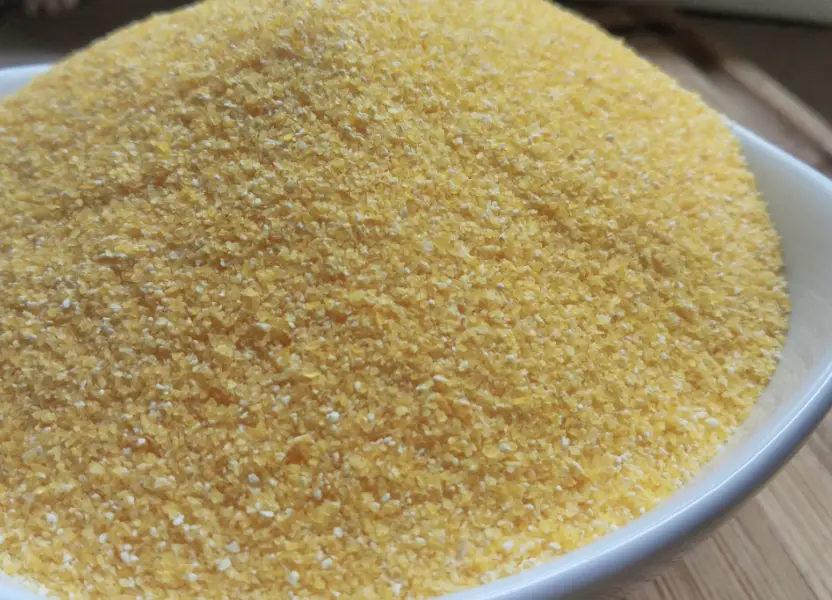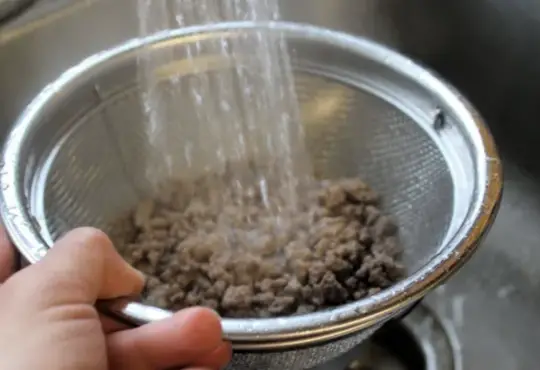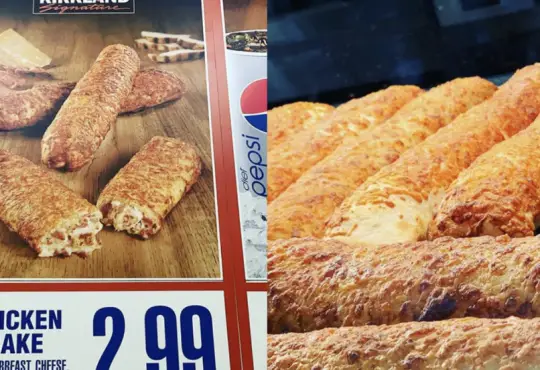
Semolina vs. Cornmeal: The Best Choice for Your Pizza Peel
When it comes to baking homemade pizza, a well-prepared pizza peel is essential to ensure a smooth and successful transfer of your pizza to the oven. Both semolina and cornmeal are popular choices for dusting pizza peels, as they help prevent the dough from sticking and sliding off during the transfer process. In this blog post, we’ll explore the unique properties of semolina and cornmeal to determine which works best for your pizza peel, guaranteeing a delicious and perfectly cooked pizza every time.
- Semolina: The Secret to a Crispy Crust
Semolina, a coarse wheat flour, has been a traditional choice for dusting pizza peels in Italian cooking for generations. Its gritty texture provides an excellent non-stick surface that allows the pizza to slide smoothly onto the baking stone or pizza oven. Additionally, semolina’s high protein content helps create a crispier crust, a desirable characteristic in pizza baking.
Advantages of Semolina on Your Pizza Peel:
a) Enhanced Crust Texture: The coarseness of semolina adds a delightful crunch to the bottom of your pizza crust, giving it a satisfying texture.
b) Excellent Non-Stick Properties: Semolina effectively prevents the pizza dough from adhering to the peel, making it easier to transfer the pizza to the oven.
c) Authentic Italian Flair: Using semolina aligns with traditional Italian pizza-making practices, providing an authentic touch to your homemade pizza.
- Cornmeal: A Versatile and Budget-Friendly Option
Cornmeal is another popular choice for dusting pizza peels, especially in regions where it’s more readily available than semolina. Cornmeal is made from ground dried corn kernels and imparts a slightly sweet and nutty flavor to the pizza crust. While cornmeal lacks the coarseness of semolina, it still offers satisfactory non-stick properties for your pizza peel.
Advantages of Cornmeal on Your Pizza Peel:
a) Subtle Flavor Enhancement: Cornmeal adds a delicate sweetness and nuttiness to the crust, enhancing the overall taste of your pizza.
b) Economical Option: Cornmeal is often more affordable than semolina, making it an excellent choice for budget-conscious pizza makers.
c) Easy to Find: Cornmeal is widely available in most grocery stores, making it a convenient option for pizza enthusiasts who may not have access to semolina.
Which One Should You Choose?
The decision between semolina and cornmeal largely depends on your personal preference and the texture you desire in your pizza crust. If you prefer a crispier crust with an authentic Italian touch, semolina is the way to go. On the other hand, if you enjoy a subtle sweetness in your crust and are looking for a more budget-friendly option, cornmeal will not disappoint.
Conclusion
Both semolina and cornmeal are excellent choices for dusting your pizza peel, ensuring a smooth and successful transfer of your homemade pizza into the oven. While semolina adds a coarser texture and enhances the crust’s crispiness, cornmeal offers a slightly sweet and nutty flavor at a more affordable price. Whichever option you choose, both semolina and cornmeal will help you create a delicious pizza with a perfectly cooked crust that will leave your taste buds craving for more. So, get creative in the kitchen, experiment with both options, and enjoy the delightful journey of crafting your homemade pizzas to perfection.






